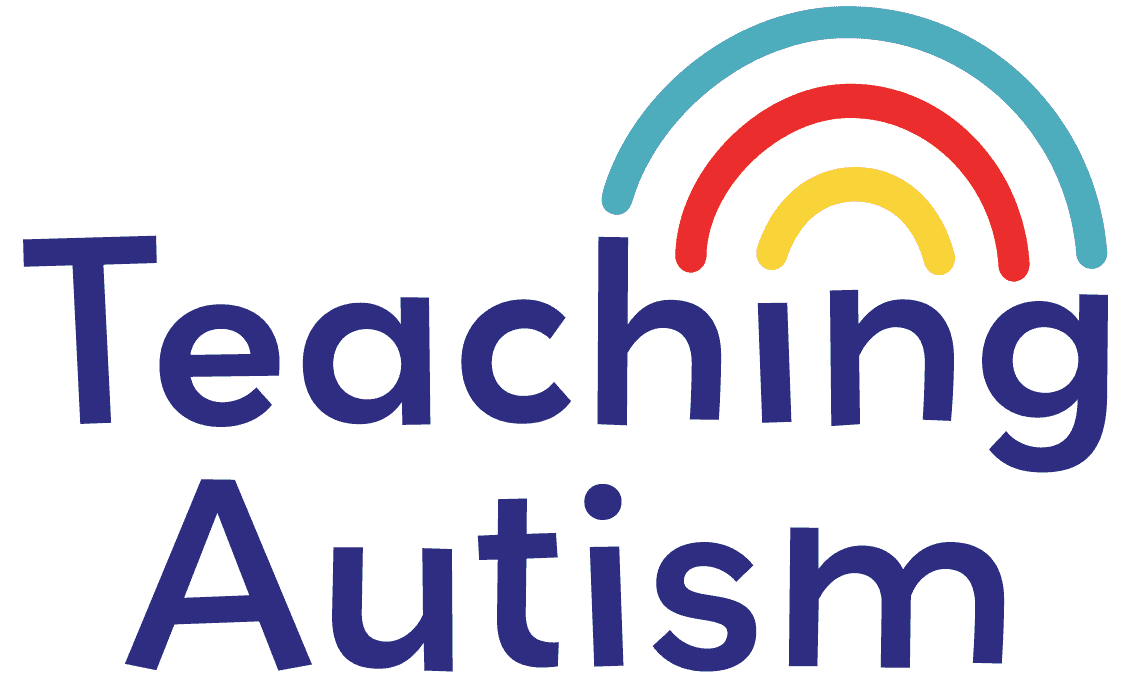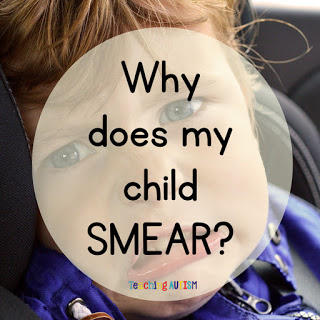What Does Function of Behavior Mean?
In this blog post today I’m diving into what does function of behavior mean?
If you’re working in a special education setting, chances are you’ve heard the phrase “function of behavior” more times than you can count. Maybe in team meetings, maybe in behavior support plans, or maybe it’s that thing you know you’re supposed to figure out, but no one’s ever really explained it in a way that makes sense.
So let’s break it down, casually, honestly, and in a way that actually feels useful.
So… what is the function of behavior?
Put simply?
The function of behavior is just why a behavior is happening. That’s it.
It’s the purpose the behavior serves for that student in that moment. The function is not about being “good” or “bad.” It’s not about attention-seeking or defiance or trying to “get away with” something.
Every behavior, yes, even the really hard ones, happens for a reason.
And more often than not? That reason actually makes a lot of sense when you step back and look at the bigger picture.
Behavior is communication.
Let’s pause right here for a second.
I know it’s a bit of a buzz phrase now, but behavior is communication, and I want to go a little deeper into that.
When a student lashes out, shuts down, screams, refuses, bolts, hits, strips, cries, bites…
It’s not because they’re “naughty.”
It’s because they’re trying to tell us something – and they don’t yet have another way to say it.
Behavior is often the fastest, loudest, clearest way a child can say:
- “This is too hard.”
- “I don’t feel safe.”
- “I need a break.”
- “Something’s wrong.”
- “I don’t know what you want from me.”
- “I need connection.”
- “I have no control, and I’m trying to get some.”
Our job? It’s not to punish the behavior, it’s to understand what’s underneath it.
The Four “Functions” You’ll Hear All the Time
In behavior land, you’ll often hear the four common “functions of behavior.” You might even see them as part of an FBA (Functional Behavior Assessment) or behavior plan.
Here they are, but let’s talk about them in plain English.
1. Escape/Avoidance
The student is trying to get away from something.
This could be:
- A task that’s too hard
- A demand they don’t understand
- A loud, overwhelming space
- Social interaction that feels unsafe or uncomfortable
- A situation that’s unpredictable or stressful
Important note: Escape isn’t bad. We all do it. You leave a noisy room, hit “snooze,” scroll on your phone to avoid doing chores? Yep. Same thing.
The key is asking: Why do they need to escape this? And how can we support them differently?
2. Attention
The student wants to connect with someone, a peer, a teacher, an adult.
Now this one gets misunderstood a lot.
People love to label kids as “attention-seeking” like it’s some shameful flaw. But honestly? Seeking attention is human. It’s how we bond, how we learn and how we regulate.
A student might be saying:
“Notice me. I feel invisible.”
Or “I need help, but I don’t know how to ask.”
Instead of thinking How do I stop this behavior? try flipping it to:
How can I meet this need for connection in a more supportive way?
3. Access to Tangibles
This one’s simple, the student wants something. A toy, snack, iPad, turn, etc.
Sometimes it’s immediate and clear (“I want that toy”), sometimes it’s more subtle (“I’ve learned that throwing things gets me out of writing and into a break with sensory toys”).
Again, not bad. Adults do this all the time. (Ever grabbed a chocolate bar instead of doing emails? Yeah.)
The goal here isn’t to shame the need.. It’s to teach more effective, respectful ways to ask.
4. Sensory / Automatic Reinforcement
The behavior feels good, helps regulate, or meets a sensory need.
This one often gets missed, especially in neurodivergent students. Stimming, chewing, pacing, humming, bouncing, flapping, even more “challenging” behaviors like banging or biting can all fall here.
The behavior might:
- Help the student feel calm
- Help them feel something when under-stimulated
- Block out overwhelming input
- Be a form of self-expression or joy
The key? Don’t jump to stopping it. First ask: Is this hurting them or others? Or is it actually helping them cope?
But sometimes it’s more than one function…
Yep! Behaviors are complex. A student might refuse a task because it’s hard, because they’re tired, and because they know it means they get a fidget toy. That’s three functions wrapped into one moment.
And that’s OK.
What a neuro-affirming approach to behavior looks like
So here’s where I take a bit of a turn from the traditional model and into a more neuro-affirming lens… The kind that sees our children as whole humans, not problems to fix.
Here’s what I believe:
- Behavior doesn’t need to be “extinguished.” It needs to be understood.
- Students aren’t manipulating. They’re adapting, surviving, and reacting to their environment the best way they know how.
- Every behavior has a story. And it’s our job to listen to it, not shut it down.
- Support means co-regulation, empathy, accommodations, and skill-building, not punishment, isolation, or sticker charts that ignore underlying needs.
If we want behavior to change, we have to change how we respond.
What does this look like in real life?
Let’s say a student throws their pencil across the room every time they’re given a writing task.
Old-school view:
They’re being defiant. They just want to get out of work. Let’s take away break time.
Neuro-affirming view:
Why does writing feel so hard for them? Is it fine motor fatigue? Is it language processing? Are they overwhelmed? Can I offer a visual, voice-to-text, fewer sentences, a sensory break beforehand?
You still hold your boundaries.
But you do it with compassion, curiosity, and flexibility.
We don’t need to “fix” our students
Understanding the function of behavior is not about controlling students or training them to be compliant.
It’s about meeting them where they are.
It’s about supporting them in ways that feel respectful and empowering, not shameful or coercive.
And most importantly?
It’s about recognizing that every student, every behavior, is telling us something.
Let’s listen and support them.
If you found this blog post helpful, please consider sharing it with your friends and colleagues on social media, it helps more teachers find support, and it means the world to me and my little family too.
And if you haven’t already, be sure to check out my Free Resource Library for tons of classroom tools, visuals, and printables to make your teaching life easier (and a whole lot more fun!).
Helpful Links
You my also be interested in the following links;
- How Do I Talk To Parents About Behavior Concerns?
- 5 Days to a Calmer Classroom
- How to Help Students Who Get Stuck in Power Struggles
- Free Calm Down Strategies for Children Adapted Book
P.S. Have you signed up for my VIP membership yet? If not, head on over and sign up now. You’ll get access to hundreds and hundreds of resources, templates, crafts and more being uploaded every month!
Nikki







